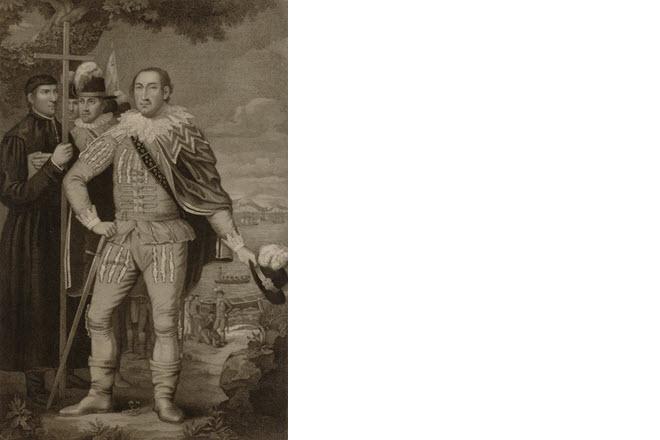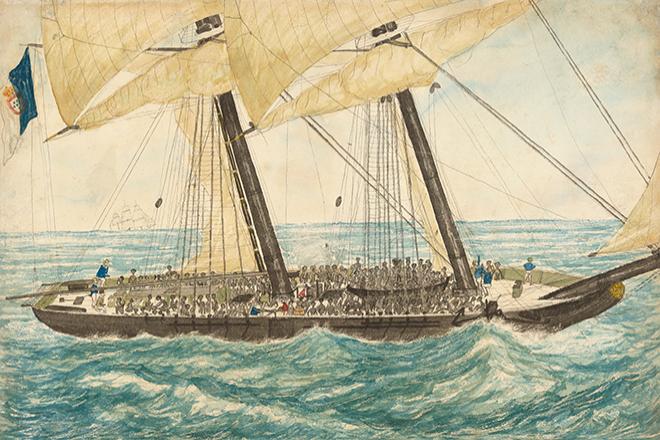Christopher Columbus: Commemoration and Controversy

Credit: Landing of Christopher Columbus by David Edwin. Smithsonian American Art Museum, Gift of International Business Machines Corporation, is licensed under CC0.
Resource Description
This module enables students to reflect critically and in an historically informed way on how Christopher Columbus has come to signify both belonging and exclusion in the United States. The two-week module explores four discrete themes: colonization, focusing on the four voyages and their immediate consequences; the mythical female figure of Columbia in the U.S.; the creation and circulation of Columbus as an Italian American icon; and the recent protests and debates concerning statues and other commemorative images and rituals. The material includes essays by historians and folklorists, journalistic coverage, Columbus’ own writings, sample protest petitions, and examples from popular culture. These resources offer perspectives on the protest movements of 2020 that brought to fore fundamental questions about America itself.
Learn moreModernity Unmoored: Ships as Material and Metaphor

Credit: Lieutenant Henry Samuel Hawker, The Portuguese slaver Diligenté captured by H.M. Sloop Pearl with 600 slaves on board, taken in charge to Nassau, May 1838. Collection of the Smithsonian National Museum of African American History and Culture.
Resource Description
This series of modules approaches ‘ships’ and ‘boats’ as material and metaphor for thinking about migratory experiences and the movement of peoples, goods, and commodities, as they relate to the idea of modernity on a local, transnational, and planetary scale. The modules focus on literary, visual, and cinematic representations of ships and boats as a basis for engaging in comparative work. Ships and boats are considered not just as physical objects, but as technologies and symbolic objects that speak to the dynamics of circulation and/or extraction in the context of slavery, colonialism, and global capitalism. The modules underscore the role they have played in the establishment and subversion of racial, cultural, economic, and political divides across space and time.
Learn more